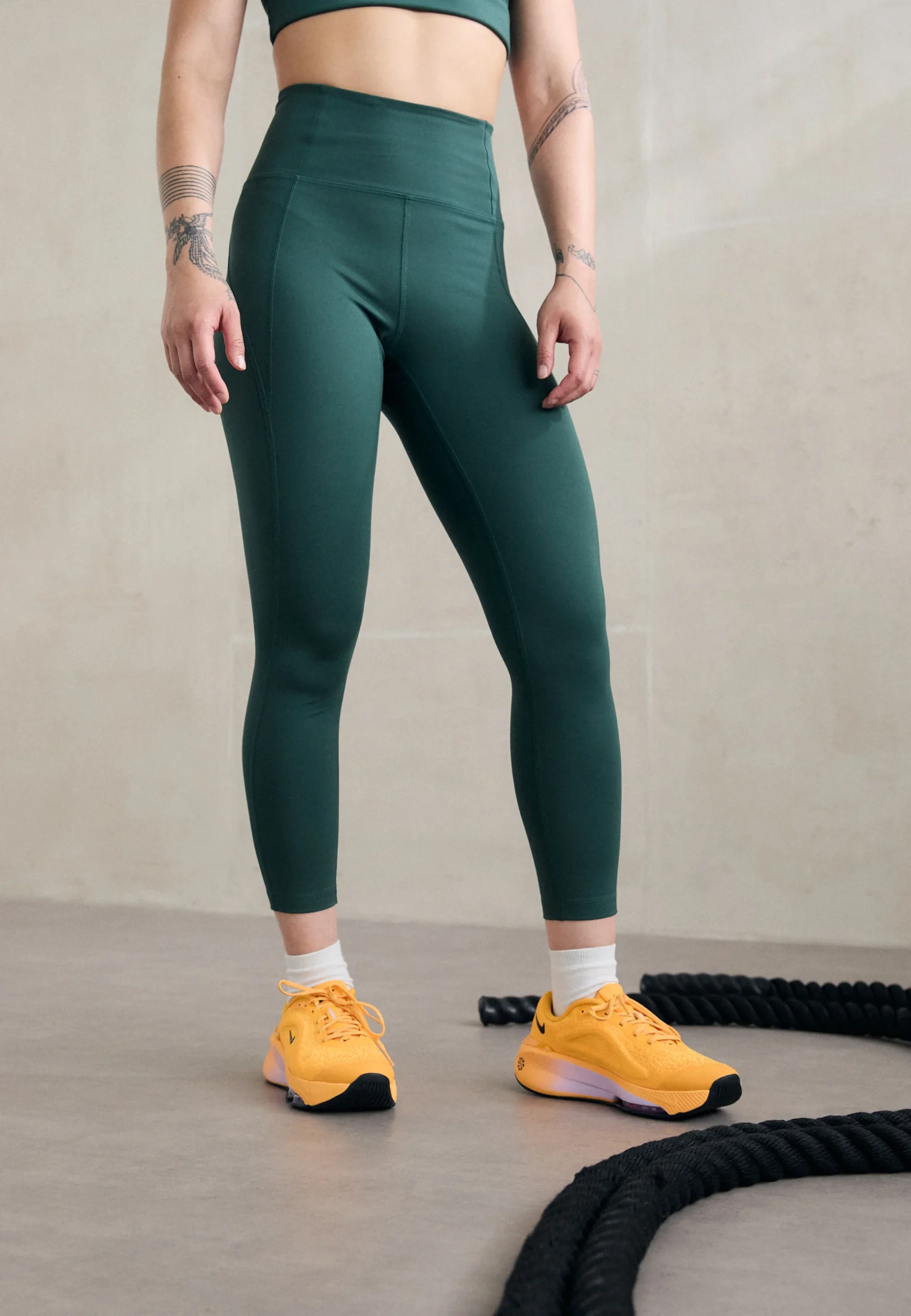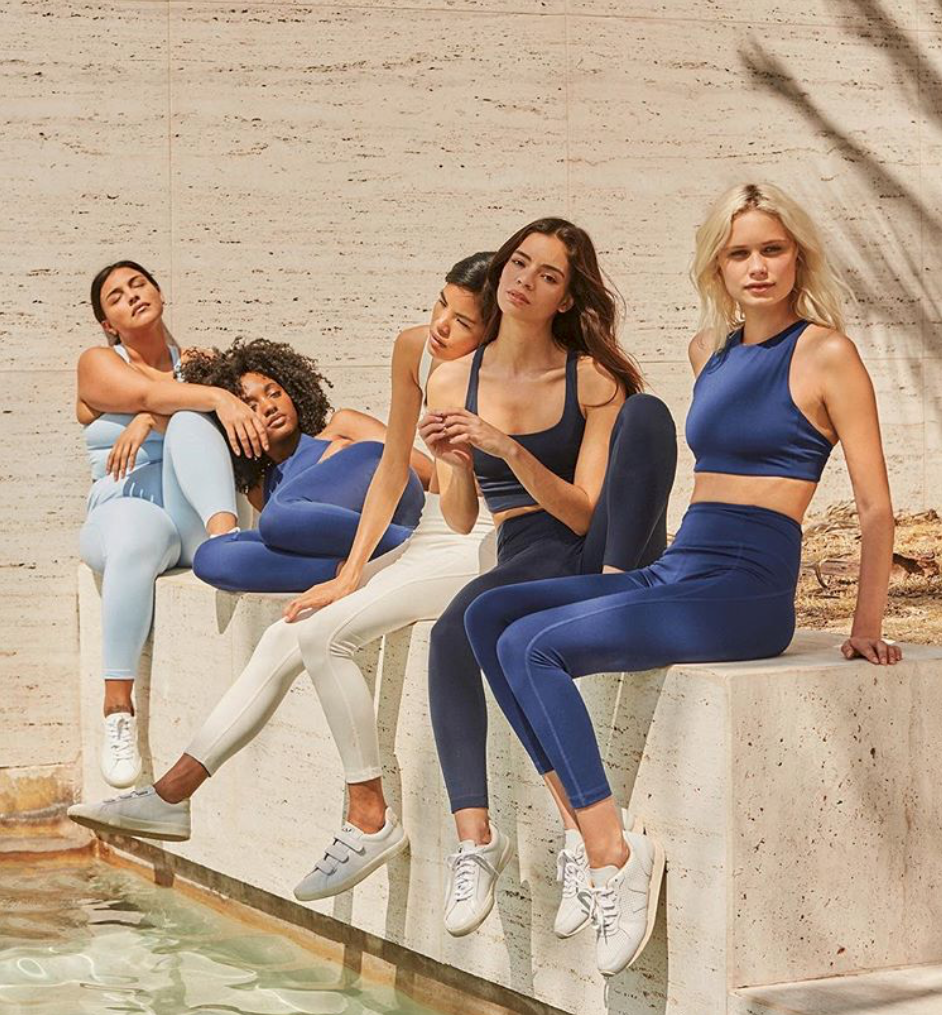When I first learned that Girlfriend Collective makes yoga wear from recycled plastic bottles, I was skeptical — how could something made from waste feel so soft and luxurious?
After researching and trying their leggings myself, I discovered that their recycling process is both fascinating and truly sustainable.
Here’s exactly how they transform everyday plastic into high-performance activewear — and what brands like FuKi Yoga are doing to take it further.
Table of Contents
- Quick Answer
- 1. The Idea Behind Recycled Yoga Wear
- 2. Step-by-Step: How Plastic Becomes Fabric
- 3. Is It Really Sustainable?
- 4. How Girlfriend Collective Ensures Quality
- 5. Comparison: Recycled vs Conventional Yoga Fabrics
- 6. Should You Choose Recycled Yoga Wear?
- FAQs
- FuKi Yoga’s Approach to Recycled Fabric Production
Quick Answer
Girlfriend Collective turns plastic bottles into yoga wear by cleaning, shredding, melting, and spinning them into soft recycled polyester yarn.
Each pair of leggings repurposes around 25 post-consumer bottles, saving energy and reducing landfill waste.
It’s not just a sustainability claim — it’s a fully traceable, ethical process certified by global recycling standards.
1. The Idea Behind Recycled Yoga Wear
Girlfriend Collective was founded to prove that sustainability and style can coexist.
Their mission: take waste materials and transform them into something valuable, comfortable, and fashionable.
- Uses post-consumer plastic bottles from Taiwan recycling facilities
- Reduces microplastic pollution and carbon emissions
- Promotes ethical factory partnerships in Vietnam

💬 From my experience, their leggings feel no different from premium brands like Lululemon — but come with a cleaner conscience.
2. Step-by-Step: How Plastic Becomes Fabric
Here’s how a single bottle becomes high-performance yoga fabric:
| Step | Process | Description |
|---|---|---|
| 1. Collection | Sourcing bottles | Gathered from certified recycling centers in Taiwan |
| 2. Cleaning | Label removal & washing | Bottles are sterilized to remove residue and caps |
| 3. Shredding | Flake production | Clean bottles are shredded into tiny plastic flakes |
| 4. Melting & Extrusion | Yarn creation | Flakes are melted and spun into fine polyester threads |
| 5. Knitting & Dyeing | Fabric formation | Yarn is woven into stretchable, breathable fabrics |
| 6. Garment Assembly | Sewing & finishing | Ethical factories cut, stitch, and label finished products |
Every stage is monitored for waste reduction and certified under OEKO-TEX® and GRS (Global Recycled Standard).
3. Is It Really Sustainable?
Yes — Girlfriend Collective’s model is more than “greenwashing.”
They focus on closed-loop sustainability, where waste becomes resource.
- Reduces dependence on virgin polyester
- Cuts down energy use by 30–50% compared to new fiber production
- Recycles production scraps back into new yarn
- Ensures fair wages and working conditions
This is one of the few activewear brands that publishes full supply chain transparency — a benchmark others should follow.
4. How Girlfriend Collective Ensures Quality
One concern about recycled fabrics is softness — but Girlfriend Collective overcomes that with advanced yarn engineering.
| Feature | Recycled Polyester | Conventional Polyester |
|---|---|---|
| Softness | High — brushed finishing | Medium |
| Durability | Excellent | Excellent |
| Stretch | 4-way stretch | 4-way stretch |
| Moisture-Wicking | Strong | Strong |
| Eco Impact | Low | High |
The result is a smooth, compressive fabric that performs well in yoga, gym, and daily wear — all while being eco-friendly.
5. Comparison: Recycled vs Conventional Yoga Fabrics
| Aspect | Recycled Fabric (Girlfriend Collective) | Conventional Fabric |
|---|---|---|
| Raw Material | Plastic bottles (PET) | Virgin oil-based polyester |
| Energy Usage | 30–50% lower | Higher |
| Water Consumption | Reduced via closed-loop process | High |
| Carbon Footprint | Significantly lower | High |
| Comfort & Stretch | Equal or better | High but less sustainable |
👉 Conclusion: You don’t lose performance by going recycled — you just gain environmental value.
6. Should You Choose Recycled Yoga Wear?
If you care about the planet and comfort, yes — recycled yoga wear is the future.
Choose it if you:
- Want to reduce your environmental footprint
- Prefer transparency in sourcing and labor
- Like durable, long-lasting fabrics

But it’s still worth checking the recycling certifications and factory ethics behind each brand — not all “eco” claims are real.
FAQs
Q1: How many bottles does one pair of leggings use?
Usually between 25–30 bottles per pair, depending on size.
Q2: Is recycled polyester safe for the skin?
Yes — it’s certified non-toxic and free from harmful dyes under OEKO-TEX®.
Q3: Does it feel different from normal leggings?
Not at all. Most users say Girlfriend Collective’s fabric feels softer and smoother than conventional ones.
FuKi Yoga’s Approach to Recycled Fabric Production
At FuKi Yoga, we share the same sustainable philosophy — but take it further by offering OEM & ODM manufacturing for eco-conscious brands.
We help partners create:
- Recycled polyester & nylon yoga wear with GRS certification
- Eco dyeing & minimal waste cutting processes
- Low MOQ production for startups
- Custom branding and labeling for private labels
If you’re inspired by Girlfriend Collective’s recycling success and want to launch your own sustainable yoga line,
FuKi Yoga can help you make it happen — ethically, transparently, and beautifully.
👉 Visit fukiyoga.com to start your sustainable manufacturing journey.


